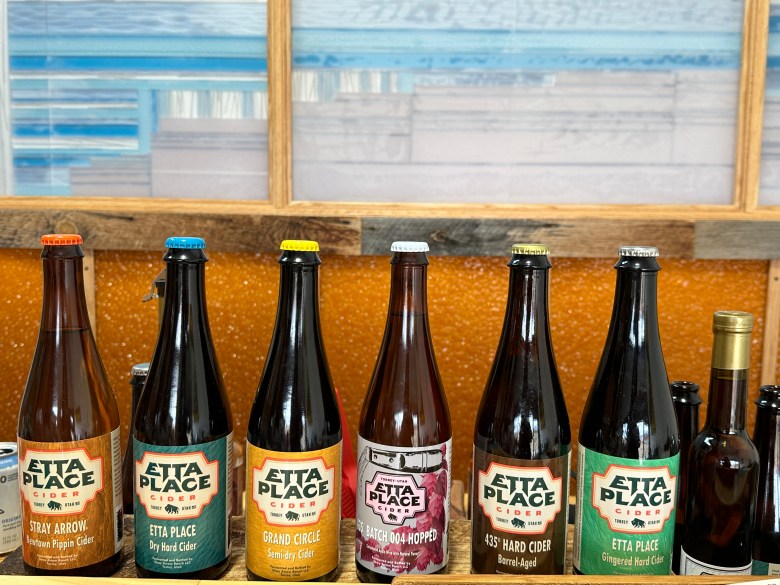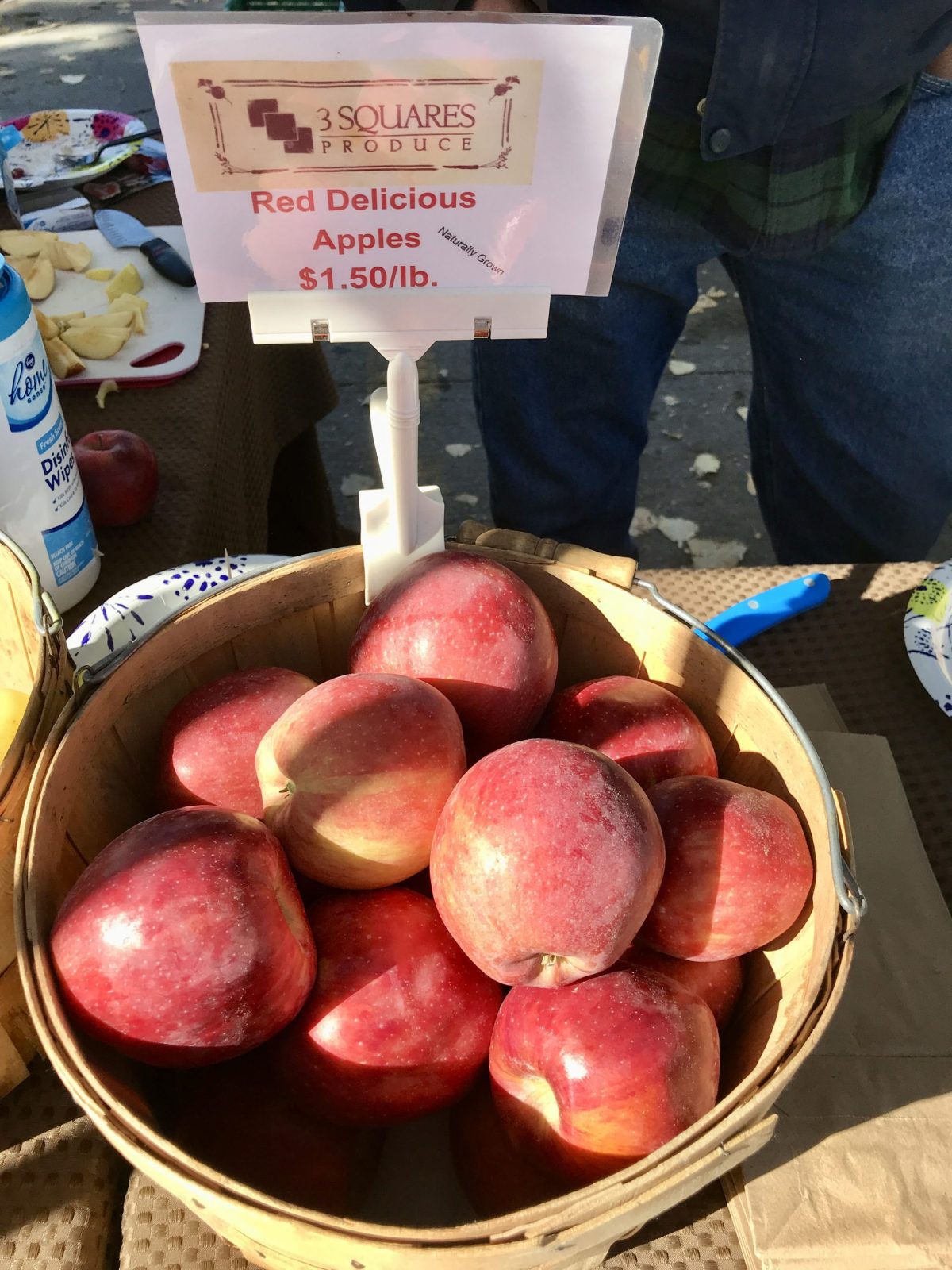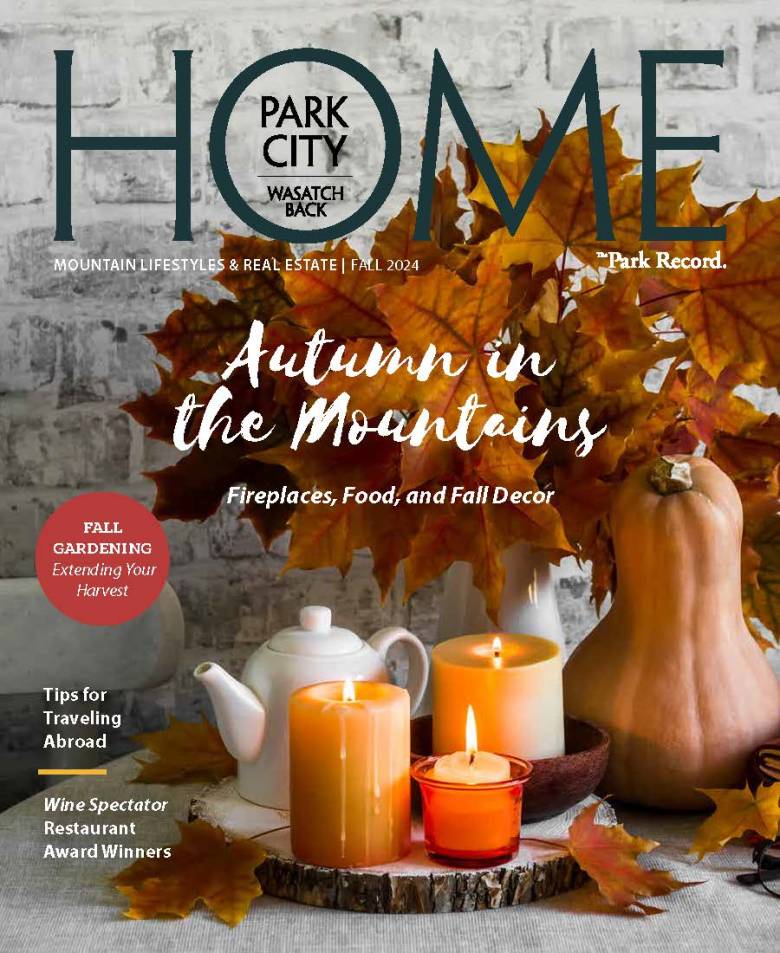Utah, known for its stunning landscapes and outdoor adventures, also boasts a rich tradition of apple cultivation. As fall approaches, apple orchards across the state begin offering a bounty of fresh apples, apple products, and delicious apple cider.
Here are some fascinating statistics about apples in Utah that highlight the state’s apple-growing heritage.
Apple Facts
Historic Orchards: Utah is home to several historic apple orchards that have been producing apples for over a century—celebrating the state’s long-standing apple-growing tradition. Zollinger Farm in Logan was planted in 1904 as one of the first commercial fruit orchards in Cache Valley. Today, you can get their cider slushies from August through November!
Heirloom Varieties: Some Utah orchards specialize in growing heirloom apple varieties, which are prized for their distinct flavors and historical significance.
Nutritional Benefits: Apples are a nutritious snack, rich in fiber, vitamins, and antioxidants. Eating apples can contribute to overall health, including better heart health and improved digestion.
Apple Picking: Visiting an apple orchard for a day of apple picking is a popular fall activity in Utah. Many orchards offer U-pick options, where families can enjoy the experience of selecting and harvesting their own apples.
Educational Programs: Some Utah orchards provide educational programs and tours that teach visitors about the apple-growing process, from planting and pruning to harvesting and cider making.
Apple Production in Utah
Top Producing Counties: The majority of Utah’s apple orchards are located in Utah, Box Elder, Weber, and Cache counties. These areas provide the perfect climate and soil conditions for growing high-quality apples.
Varieties: Utah apple growers cultivate a wide range of apple varieties, including McIntosh, Gala, Fuji, Golden Delicious, and Red Delicious—each with their own flavor profile and purpose including snacking and baking. Find Pyne Farms at the Park City Farmers Market on Wednesdays selling a variety of apple products produced from their 35 apple varieties grown in Utah County—including their famous apple cider.
Harvest Season: Apple harvest in Utah typically begins in late August and runs through October.

Apple Juice and Cider
Both apple juice and apple cider come from apples, but have significant differences in production, flavor, and appearance.
Apple juice often contains added sugars for a sweeter flavor. It’s typically filtered and pasteurized to remove solids and bacteria, resulting in a clear, smooth beverage. Due to pasteurization and sometimes added preservatives, apple juice has a longer shelf life and can be stored unrefrigerated until opened.
Apple cider is made from freshly pressed apples and may be unfiltered, leaving some apple solids and pulp in the drink. Cider tends to have a more complex taste due to blending several types of apples together. It’s less sweet than apple juice and is often tangy and tart.
Apple cider, both hard and non-alcoholic, continues to grow in popularity in Utah and many local orchards and cideries produce their own cider, offering a taste of Utah’s apple bounty.
Etta Place Cider in Torrey, Utah grows 81 cider apple varieties at 7,000 ft. elevation. They host apple tastings at their ranch or you can try their hard ciders and mead at Scion Cider, your favorite Utah restaurant, or find it in limited quantities at Utah Department of Alcoholic Beverage Services liquor stores.
Orchards across the state host a variety of fall festivals where you can celebrate the apple harvest and taste fresh apples and cider.
Bite Into Utah Apples
Utah’s apple orchards and cideries offer a delightful taste of the state’s agricultural heritage. From the diverse apple varieties to the rich tradition of apple cider production, there’s so much to taste and enjoy from Utah’s apple industry.


